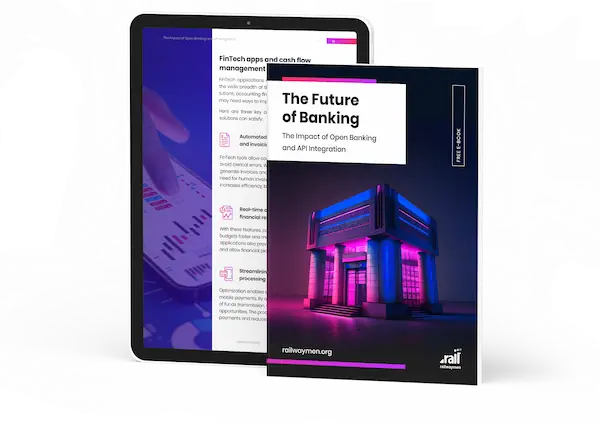Financial Technology has a lot to offer when it comes to high-level financial optimization, advanced analytics and forecasting. Mobile app development is a particularly fertile FinTech niche to invest in. Nowadays, financial technology is becoming more and more popular and sought after. It is estimated that by 2024, global revenues from the FinTech sector will reach EUR 188 billion. Among other things, this is one of the main reasons why it is worth creating your own financial application and getting involved in the market. In this article, we will show you what a structured and transparent financial application development process looks like.

Table of Contents:
1. What is a Finance App, and what makes it so special?
1.1. Best Personal Finance App Market Overview.
2. Types of FinTech Apps that you can come across on the market.
2.1. Banking Apps also matter.
3. Benefits coming from FinTech App.
4. Must-have Features Users Expect From Finance Apps.
5. What the Personal Finance App Development Process look like?
6. Challenges that must be overcome when building a personal finance app.
What is a Finance App, and what makes it so special?
Finance application is a mobile app that helps companies or individuals manage their finances or investments via direct access to them. In addition, personal financial application contains many necessary functionalities thanks to which the user can monitor, budget, track expenses, and also provide insightful information on money management.
This type of app also provides users with a variety, tax advice, insurance contributions and, most importantly, a proper secure cloud infrastructure system.
Because of its advanced features, sleek and simple user interface, and lower transaction fees, this new generation of FinTech apps is quickly gaining popularity among consumers and investors.
Building a successful financial app disrupts the regular business model by delivering more efficient financial solutions in a dynamic and modern mobile software package.
Finance App collects all app user's sensitive data in one place, including bank accounts, credit or debit cards, e-wallets, etc. The all information is regularly systematized, analyzed, and shown in charts or diagrams, so the user could monitor his/hers household and personal budget expenses as well as spending habits.
Best Personal Finance App Market Overview
We've made some personal finance software market research regarding, and currently, so many innovative solutions are appearing on the market, but the most popular market players include such financial applications are:
-
Mint - is a one of the most popular budgeting apps, connecting bank accounts and credit cards to the budget planner app. It allows app users to keep track of their income and expenses. It provides spending-based budget targets, as well as a daily budget overview.
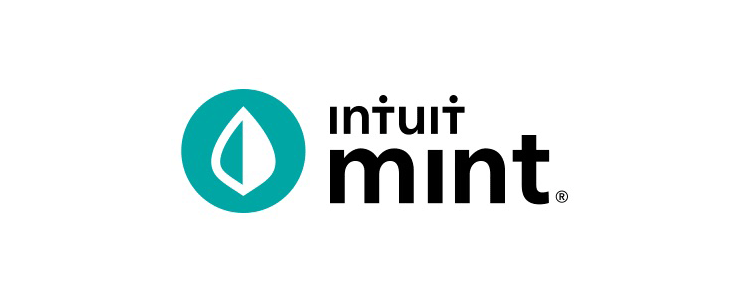
Source: www.tufcu.org
-
Prism - is a bill payment application that also offers the possibility of synchronization with multiple accounts.
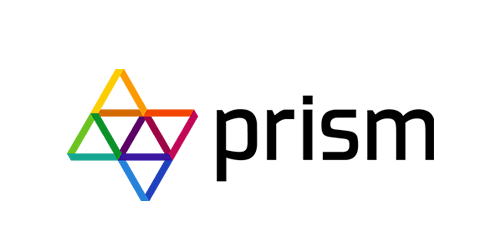
Source: www.logolynx.com
-
Spendee - is a one of the popular personal finance apps, that allows to manage all shared expenses. The user is able to see all money in one place, organize and analyze expenses and optimize spending.
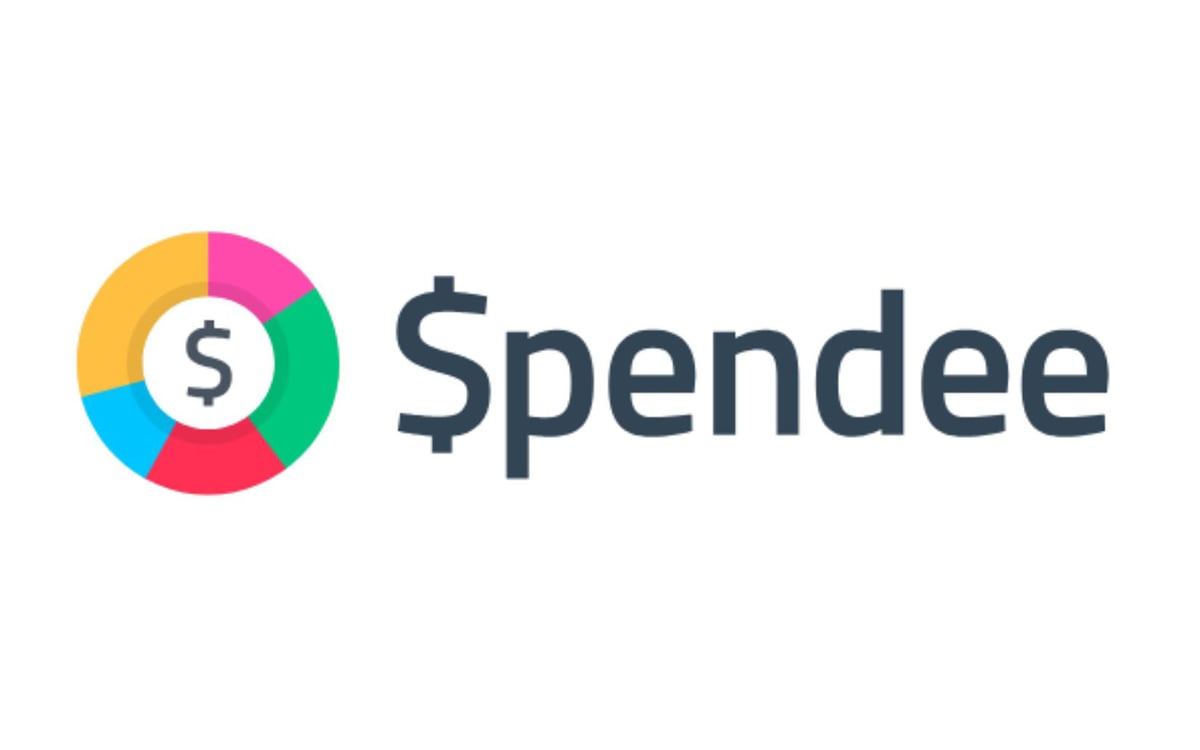
Source: https://changeexchange.co.za/
Types of FinTech Apps that you can come across on the market
Today's market responds to customers with many financial needs that can be met by various types of personal finance applications. When you plan to build your own finance app from the scratch, it's worth analyzing two types of apps - simple solutions rely on manual data entry, whereas complex solutions are based on software capable of automatically loading data and processing it to provide insights.
-
Complex Financial Apps - allow users to connect their bank accounts and cards so that all financial data is synced automatically, making it a permanent money management system. Due to the storage of a lot of sensitive data, it requires a limited investment in security.
-
Simple Financial Apps - the risk factor for the basic scopes of application is equal zero, as they are not related to any bank accounts, they are also cost-effective in terms of developing applications for private funds. However, it should be noted that the level of human error is high due to the manual data creation process.

Banking Apps also matter
Traditional banks and other financial institutions are constantly expanding the personal finance management segment. Budgeting features are now available in almost all banking software. Banks and the financial services they provide may become competitors.
Benefits coming from Finance App
Moving away from the old-fashioned model of financial services brings many benefits, regardless of whether you operate in the B2B or B2C market. Customers get a much better service and fintech companies enjoy higher profitability with more efficient work processes.
#Practicality
Thanks to the revolution of online payments and an innovative approach to banking, more and more people globally decide to start using this type of application because they offer more intuitive and transparent interfaces, which ultimately facilitates the management of personal finances.
#Profitability
Personal financial applications reduce costs by using new technologies, such as Artificial Intelligence and Machine Learning. Most often, there is no need to pay for the budget management application, but if there is a transaction fee, it is relatively small.
#Expanded Brand Reach
A well-executed, innovative FinTech application can result in greater profits for the Company when it is positively received by the market, which in turn will result in extended brand coverage and greater recognition.
#Real Impact on Market Dynamics
The FinTech market is constantly changing as new solutions in the field of personal finance apps are constantly being implemented. A company that can offer modern, useful and advanced features in an attractive package of applications has a real impact on the market growth.

Top Technical Requirements to Consider While Building a Finance App
#Authorization and user profile
A user must be able to log in by entering their personal information in order to run the personal finance application. After entering the data, he/she should complete their personal profiles and start using the app.
Since applications store a lot of user data, authorization and security should be given a high priority. At least two-factor authentication or biometrics to protect users' financial accounts from cyberattacks should be implemented.
#Expense Categorization
A personal finance application should include expense categories to help users in effectively tracking their transactions.
#Regular Notifications
Alerts and notifications are key features that help users be aware of the current state of cash and upcoming transactions, such as low balance, upcoming bills to pay, overspending, suspicious transactions and special offers for investing or credit.
#Analytics and reporting
Analytics and reporting are essential to transparently track all user's financial activities. With well-organized data, the user can receive daily or annual reports to analyze income or expenses, view forecasts, etc.
#Calculator
The in-app calculator enables to automatically check the user's shopping habits and perform calculations without switching between apps.
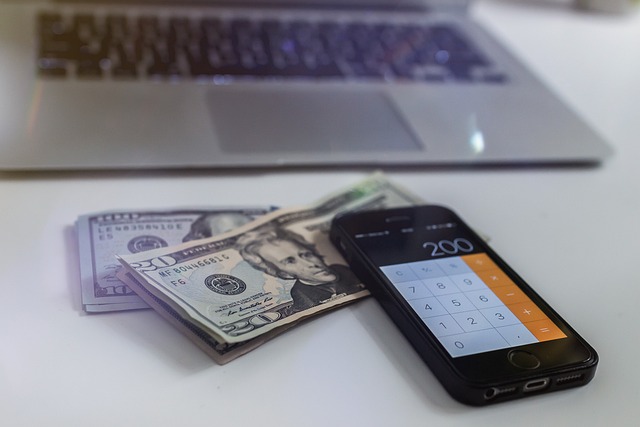
What the Personal Finance App Development Process look like?
There are several key steps of developing a finance application. Below, we'll guide you through:
#Create A Concept Map
At the beginning of your journey, you need to come up with some custom and unusual idea on finance app. Consider scalability, global reach, and user trends in your decision-making process. And keep in mind the unique selling proposition of your FinTech product.
#Conduct a Market research and Deep Analytics
During this stage, it is necessary to focus on getting to know your target audience in detail. Find out not only what their needs are, but also what their expectations are. It is important not to forget to study the market itself in order to understand in what direction the industry may change in the future and competition, in order to know its strengths and weaknesses.
#Choose The Right Tech Stack & Platform
Choose the most tailored tech stack for your project based on its scope, programming languages, thread detection technologies and app architecture. Also, decide what kind of tools and platform (Android, iOS, both?) is the most suitable for your app, based on whether you work with an in-house development team, freelancer or outsourced partner.
#Proceed to Development Process
At this stage, when the technology stack is focused on adaptability, debugging capabilities, scalability and security, the development team should determine the desired functionalities of the finance app.
This phase includes the technical specifications for creating the application and the product information model.
#Design your Finance App
Remember about the unique proposition of your FinTech product - here the key to success is also to create a unique Design.
The UX/UI design must be well organized, transparent, and above all intuitive and easy to manage for users.
At this stage, it is also worth following Icon Design Trends to find out what visual elements are currently in demand and what is best to implement when creating the interface of your application.
#Remember about Testing and Launching
Testers should be involved in this stage, due to the need to refine the personal finance app before its mass premiere. Testing gives you the opportunity to remove any errors to make the user experience more intuitive and satisfying.
The next step is to prepare the first MVP version of your application to collect feedback and opinions after sharing it with a selected group of users. It provides a lot of valuable data about users themselves, but also generates the first base number of users.
#Maintain your App Regularly
After launching the full version of the app, you should maintain it regularly to keep your digital product free of serious bugs and respond to current market demands and user expectations. Thanks to this, you will be sure that your application works flawlessly while offering services at the highest level.

Challenges that must be overcome when building a personal finance app
Companies must take into consideration that they will have to face many challenges that will stand in their way to success in building a financial application. The most enduring challenges include:
#Regulations
Compliance with regulations and regulations set by the government is the most difficult challenge for mobile FinTech providers. Some of the regulations that need to be considered can be found in our article: Security Best Practices for FinTech Application Development.
#Funding
Companies and startups based on financial technology usually need external investment so that their applications can progress the development process. Determining the potential and real return on investment, as well as cooperation with mobile app developers, are the basic elements for budgeting and fundraising.
#Security
Fintech companies process sensitive personal and financial data, so strict security protocols are essential, as the FinTech industry is vulnerable to cyberattacks.
#Interface
Another challenge is developing an aesthetic and clear user interface. The application must be user-friendly, with a simple yet intuitive approach to its basic functions. A personal finance app should keep all the users engaged.

Summary
2025 is the best time to start building a game-changing financial app because, as we mentioned, FinTech is currently one of the fastest growing industries in the world. These applications provide businesses and consumers with unparalleled functionality, advanced features and value for money.
We hope that after reading this step-by-step guide, you have obtained all the information you need about the process of creating a financial application.
Railwaymen is a mobile app development company that delivers various FinTech solutions on time! In the financial sector, we have a number of leading projects that are making significant progress. If you are eager to learn more about the progress of these projects, check out our Case Studies section. There, you can learn more about how RWM solutions have helped our clients to achieve their business objectives and stay ahead of the competition.
So, why not look into how Railwaymen can help your business as well?
Build a personal finance app with us!
Are you curious about the latest trends in the banking industry?
Do you want to stay ahead of the trends and be one step ahead of your competitors? Our newly released e-book "The Future of Banking: The Impact of Open Banking and API Integration" is the perfect guide for you. Filled with expert insights and real-life examples, the publication will provide you with valuable knowledge and help you navigate the changes taking place in the FinTech landscape.
DOWNLOAD NOW